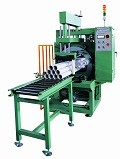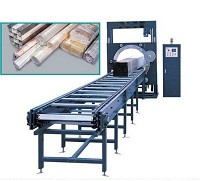Optimizing Logistics: Understanding Pallet Stretch Wrapping Machines
Pallet stretch wrapping machines are essential automated systems in modern warehousing and logistics, designed to securely wrap palletized goods using stretch film. This process significantly enhances load stability, protects products during transit and storage, and improves overall operational efficiency. Understanding the function, benefits, and types of these machines is crucial for businesses looking to streamline their packaging operations.
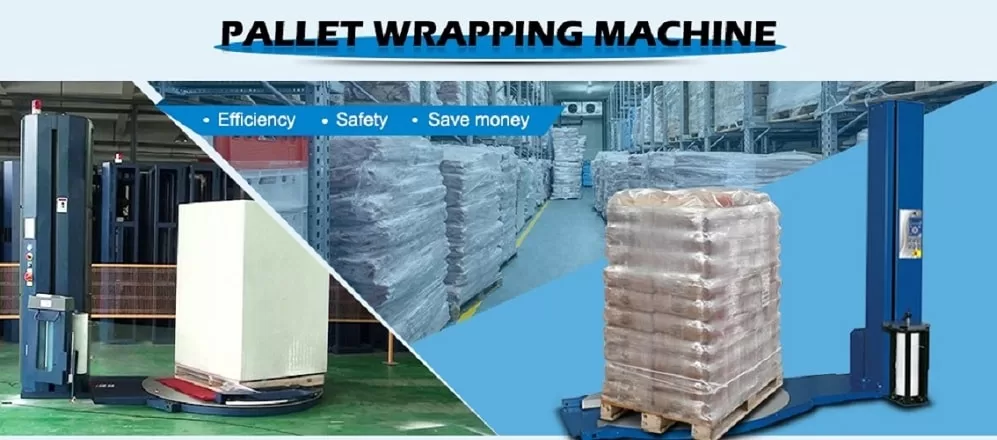
How Automatic Pallet Stretch Wrappers Work
The core function involves applying layers of stretch film around a palletized load. Typically, this is achieved through one of two main configurations:
- Turntable Wrappers: The pallet is placed on a rotating platform. As the turntable spins, a film carriage moves vertically up and down a mast, dispensing the stretch film to cover the entire load.
- Rotary Arm Wrappers: The pallet remains stationary, while an overhead arm holding the film carriage rotates around the load and moves vertically. This is often preferred for very heavy, unstable, or light loads.
Key to the process is the film delivery system, often incorporating a power pre-stretch mechanism. This stretches the film before it's applied to the load (commonly up to 250% or more), maximizing film yield, reducing material costs, and providing superior load containment compared to manual wrapping or systems without pre-stretch.
Key Features and Specifications to Consider
While exact specifications vary, several features are critical when evaluating automatic pallet stretch wrapping machines:
- Wrapping Efficiency: Measured in pallets per hour (e.g., up to 55 pallets/hour or more), indicating the machine's throughput capacity.
- Maximum Load Dimensions & Weight: Defines the largest and heaviest pallet load the machine can handle (e.g., height up to 2400mm, weight up to 2500kg).
- Turntable/Rotary Arm Speed: Often adjustable (e.g., up to 12 RPM for turntables) to accommodate different load types and wrap patterns.
- Film Pre-Stretch System: The percentage of pre-stretch achievable (e.g., up to 250%) impacts film economy and load security.
- Control System: Typically PLC-based, offering programmable wrap cycles, adjustable parameters (top/bottom wraps, film tension), and user-friendly interfaces.
- Film Compatibility: Designed for standard stretch film widths (e.g., 500mm) and types (PE, PP).
- Safety Features: Essential components like photo-eye sensors for detecting pallet height, emergency stop buttons, and safety fencing are crucial for operator protection.
Note: The parameters listed are typical examples. Always consult manufacturer specifications for precise details regarding a specific model.
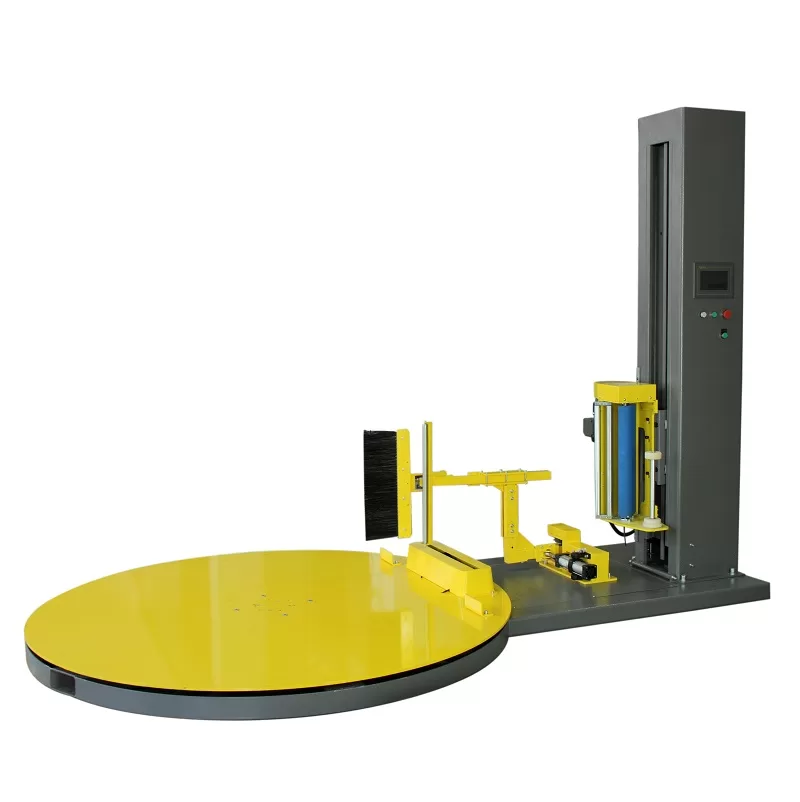
Benefits of Automated Stretch Wrapping
Implementing an automatic pallet stretch wrapper offers significant advantages:
- Improved Load Stability: Consistent and tight wrapping secures goods, reducing shifting and potential damage during handling and transportation.
- Enhanced Product Protection: Creates a barrier against dust, moisture, dirt, and potential pilferage. Specialized films can offer UV protection or anti-static properties.
- Increased Efficiency: Automates a labor-intensive process, freeing up personnel for other tasks and significantly increasing throughput.
- Material Cost Savings: Power pre-stretch systems optimize film usage, lowering consumption and costs compared to manual methods.
- Consistency: Ensures every pallet is wrapped according to predefined standards, improving reliability and customer satisfaction.
- Operator Safety: Reduces the physical strain and risks associated with manual wrapping.
Applications Across Industries
Automated stretch wrapping is invaluable in diverse sectors:
- Agriculture: For bulk produce like fruits and vegetables, maintaining freshness is key. A load capacity suitable for heavy produce (e.g., 2500kg) combined with protective PE film preserves quality by shielding against contaminants and environmental factors during transit. Proper wrapping minimizes spoilage and ensures produce arrives in optimal condition.
- Building Materials: Items like bricks, tiles, lumber, and bagged goods require robust protection against weather and handling damage. Stretch wrapping stabilizes these often heavy or irregularly shaped loads, safeguarding material integrity and reducing losses during shipment.
- Electronics: Sensitive electronic components and finished goods demand protection from static discharge, dust, and moisture. Using specialized anti-static stretch films with an automatic wrapper ensures secure, contaminant-free packaging vital for maintaining product functionality and preventing costly damage.
- Food and Beverage: Consistent wrapping secures cases, bottles, and cans, preventing shifting and breakage. It also provides a tamper-evident layer and protects against contamination.
- Distribution and Logistics: High-volume distribution centers rely on automated wrappers to handle diverse pallet loads quickly and efficiently, ensuring goods are ready for shipment with minimal delay.
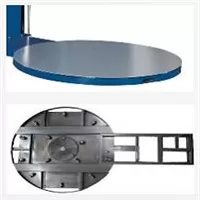
Choosing the Right System
Selecting the appropriate pallet wrapper depends on:
- Load Characteristics: Weight, dimensions, stability, and type of products.
- Throughput Requirements: Number of pallets to be wrapped per hour or shift.
- Automation Level: Semi-automatic vs. fully automatic (integrated into conveyor lines).
- Budget: Initial investment vs. long-term operational savings.
- Space Availability: Footprint of the machine.
Consulting with equipment manufacturers and potentially conducting trials with your specific products can help determine the best fit. For more information on packaging machinery standards, consider resources from organizations like the Packaging Machinery Manufacturers Institute (PMMI).
Maintaining Your Equipment
Regular maintenance, including cleaning sensors, inspecting rollers, and checking film tension settings, is essential for reliable operation and longevity. Adhering to manufacturer guidelines and safety protocols ensures continued efficiency and operator safety.
Retained Internal Links Section:
.jpg)
